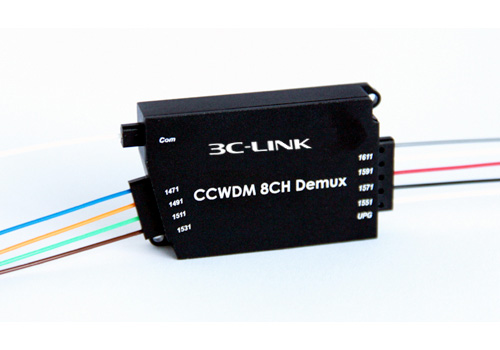
CCWDM Module
3C-FAT-2A fiber access termination box is able to hold up to 2 subscribers. It is used as a termination point for the feeder cable to connect with drop cable in FTTX network system. It integrates fiber splicing, splitting, distribution, storage and cable connection in one solid protection box.
Water-proof design with IP-66 Protection level. Integrated with splice cassette and cable management rods. 1: 2 Splitter can be installed as an option. Efficient cable management.
FTTH 2CORES FIBER ACCESS TERMINAL
|
Water-proof design with IP-66 Protection level. |
|
|
MODEL |
3C-FAT-2A |
|
Suitable Fiber Type |
3.0*2.0 flat able |
|
Cable Diameter |
Distribution:12mm Drop:2*3mm |
|
Capacity |
2 SC/ 4LC/1:2 PLC Splitter |
|
IP Grade |
IP66 |
|
Material |
PC+ABS |
|
Size(A*B*C) |
168*120*32mm |
|
Weight |
0.2KG |
|
Suitable Adapter |
SC Simplex / LC Duplex |
|
Operating Temperature |
-40~+85 |
|
Installation Size |
D*E(mm)153*88 |
|
Color |
Light Gray |
|
|
|
3CF-SFP+-SRP
3CPG-434S1OM-LX
3CW-QSFP28-23-LR& 3CW-QSFP28-32-LR
3C-56GB-CU1M
3CI-SFP0204G
3C-OTNS8600V OTN System
3C-ONTS8600I-OLS
3C-HDMI-M4K60-T10
3C-ONU-X100W
3C-XM100DG
3C-AD-SCU

Copyright © 2022 3c-link Corporation Limited.VOKO提供网站技术支持
Privacy Policy